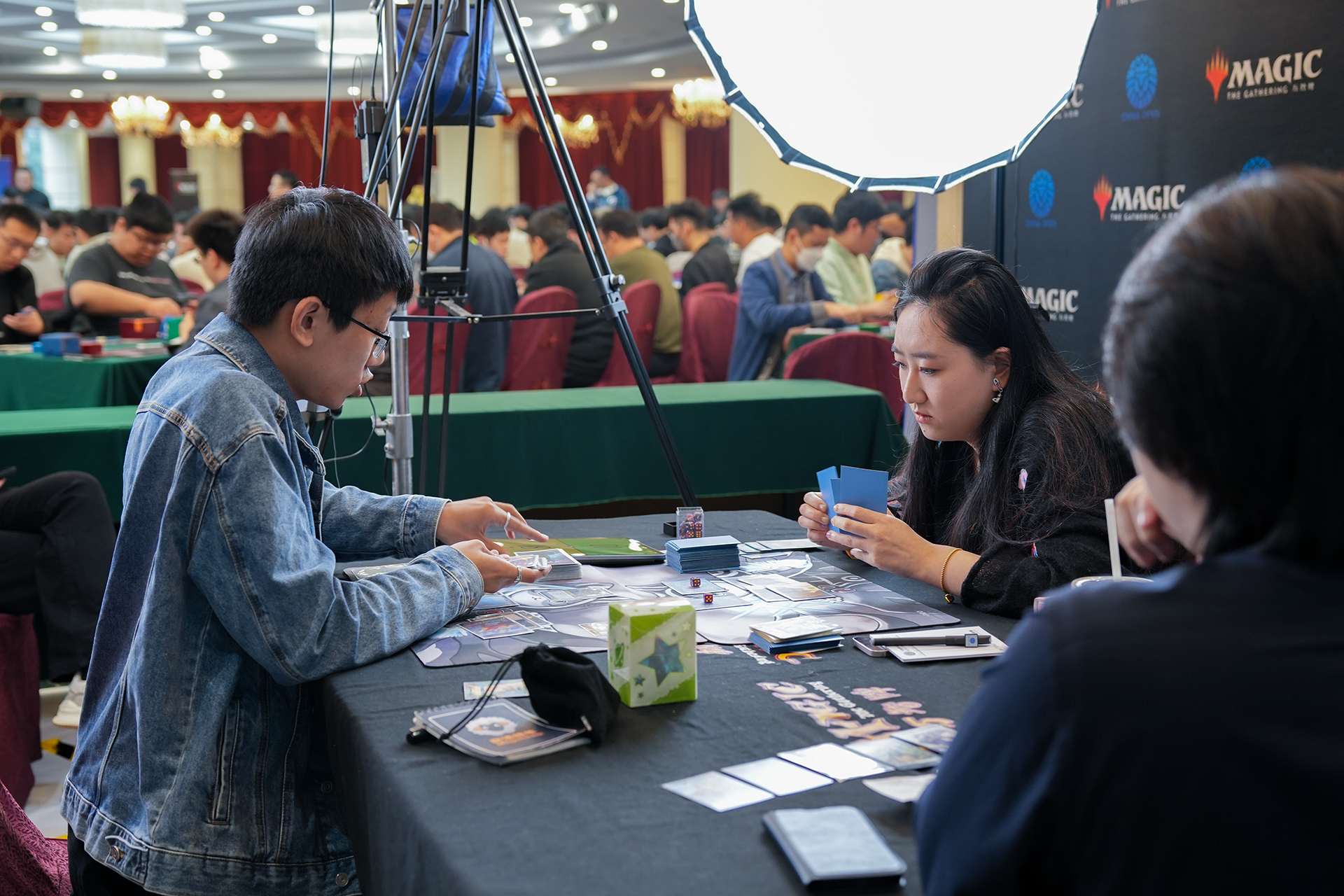The continuing “Rejuvenation” of Beijing enters a new phase this spring as local authorities are starting to ask for volunteers to relocate out of the city center. Signs first posted last month in the Wudaoying area near the Lama and Confucian temples offered cash incentives for residents willing to move.

Other posters warn residents against holding out for more money and not to listen to “rumors.”

The Great Brickening which began in earnest at the end of 2017 was, as predicted, only the first phase of sweeping changes coming to the capital. By sweeping, I mean it will make Baron Haussmann seem like a stoned kid playing Sim City at 2:30 in the morning while binging on croissanwiches.
As has been widely reported, the Chinese government plans to integrate the current city of Beijing into the “regional cluster” known as Jing-Jin-Ji. The new megalopolis will incorporate not only the capital (“Jing”) but also the port city of Tianjin (“Jin”) and a huge chunk of what is now Hebei Province (the “Ji” is from an old name for the northern section of what is now Hebei).
A prominent task of the “Jing-jin-ji” strategy is to move the non-capital functions out of Beijing to treat “urban ills” in the Chinese capital, such as traffic jams and pollution.
According to a guideline released in April 2015, the key functions of politics, culture, international communication and technical innovation will be prioritized, while other sectors will be moved out of Beijing.
Measures to clear space in Beijing include the closing of manufacturing businesses and the relocation of hospitals and schools. In 2018, a total of 656 manufacturing companies in the city were shut down, and more than 200 markets and logistics centers were relocated, according to Beijing Mayor Chen Jining.
At first, the closing of markets, including many food markets in urban neighborhoods, looked like an unintentional inconvenience for those living there. Now it seems to have been part of the plan all along.
In 2014, the Beijing municipal government announced its intention to cap the population of Beijing at 23 million. On paper, this looked like a call to limit the city’s growth. Officially Beijing has about 21.7 million people, but the official figures are — shocking, I know — almost certainly wrong. Once transient workers and economic migrants from other parts of China are figured into the mix, the final number might be as high as 25 million.
This discrepancy between the official and actual numbers means that rather than seeking ways to cap the city’s growth, the authorities are going to be looking for ways to give a few million folks the boot. And if local officials can free up some valuable downtown real estate for their friends and cronies to develop then everybody wins.

Everybody, that is, except the people who are going to have to begin exciting new lives in a “city of the future.” That’s the phrase which the China Daily et al use to denote the utopian residential paradises being planned, but which actually should read: “A city we’re going to build in the future, but which at present might actually be a soybean field 100km away from where you currently live.”
The question, of course, is what happens when folks consider the request to relocate, discuss their options, and say “Thank you, no… we’re staying.” The signs not-so-subtly hint that holding out and creating a “nail house” (as the properties of those who refuse to vacate their homes are known) is not an option.

When authorities began “The Brickening” of businesses two years ago, they first went after the low hanging fruit (illegal storefronts, unlicensed businesses, businesses run by economic migrants without a Beijing residence permit). There was also the decision, after a fire killed 19 people in November 2017, to demolish structures in the outer edges of the city which had been converted into housing for large numbers of migrant workers.

Source: China Daily
Whether more established residents will be willing to move out is an open question. There are sure to be some folks who will be eager for a chance to buy into a “city of the future” or to exchange an uncomfortable corner of a hutong (traditional Beijing lane) dwelling for a new apartment, even if that apartment is a dozen or more stops away on a regional rail system which is still in the developmental stages.
Ultimately, Beijing authorities tend to get their way and the old hutong neighborhoods which today are full of life and organic communities look set to change. Maybe for the better. Possibly for the worse. But change is for certain.
All photos by Jeremiah Jenne unless otherwise stated.

















